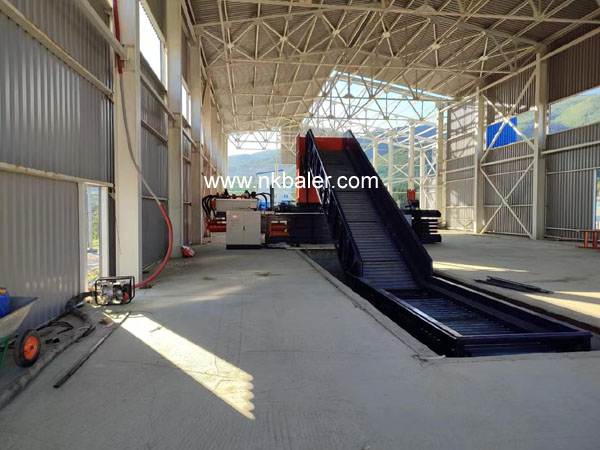Hydraulic valve:Air mixed in oil causes cavitation in the front chamber of the hydraulic valve,generating high-frequency noise.Excessive wear of the bypass valve during use prevents frequent opening,causing the needle valve cone to misalign with the valve seat,leading to unstable pilot flow,large pressure fluctuations,and increased noise.Due to spring fatigue deformation,the pressure control function of the hydraulic valve is unstable,causing excessive pressure fluctuations and noise.Hydraulic pump:During the operation of the hydraulic baler,air mixed with the hydraulic pump oil can easily cause cavitation within the high-pressure range,which then propagates in the form of pressure waves,causing oil vibration and generating cavitation noise in the system.Excessive wear of internal components of the hydraulic pump,such as the cylinder block,plunger pump valve plate,plunger,and plunger bore,leads to severe leakage inside the hydraulic pump when it outputs high pressure at low flow rate.The use of oil fluid has flow pulsation,resulting in loud noise.During the use of the hydraulic pump valve plate,surface wear or sediment accumulation in the overflow groove holes shortens the overflow groove,changes the discharge position,causes oil accumulation,and increases noise.Hydraulic cylinder:When the hydraulic baling machine operates,if air is mixed into the oil or the air in the hydraulic cylinder is not completely released,cavitation occurs at high pressure,generating significant noise.
Noise is also produced when the cylinder head seal is pulled or the piston rod is bent during operation.Common noise sources in hydraulic balers include hydraulic pumps,relief valves,directional valves,and pipelines.
Post time: Sep-24-2024
